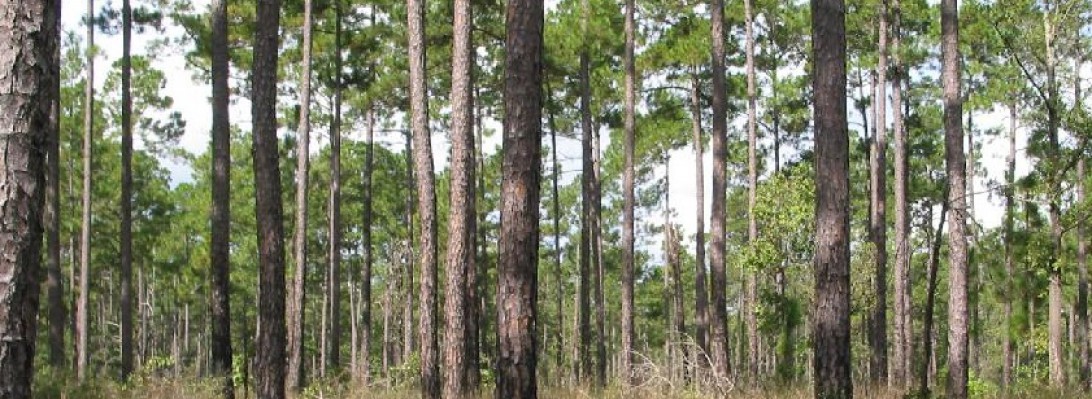



NAMING
Scientific Name: Junepruis virginlana
Family: Cuppressaceae
Common: Eastern red cedar (juniper–most cedars aren’t true cedars)
HABITAT
Native
Habitat: Wet -> Dry, areas with limestone
Range: Eastern US -> Plains
TREE TRUNK
Size: 60 ft tall
Bark: – reddish brown, shreddy, aromatic
LEAVES
Evergreen
scale-like (mature)
awl-shape (young)
REPRODUCTION
Flowers: —
Fruit: berry-like with waxy blue surface (it is a cope!)
USES
Commercial – Insect repellant, windbreaks in agricultural fields (orange groves, tomatoes), cut wood up for use in furniture, cedar oil, flavored gin
TOLERANCES
Fire – Low
Flood – Low
Shade – Intermediate
Salt – Low
Drought – High
